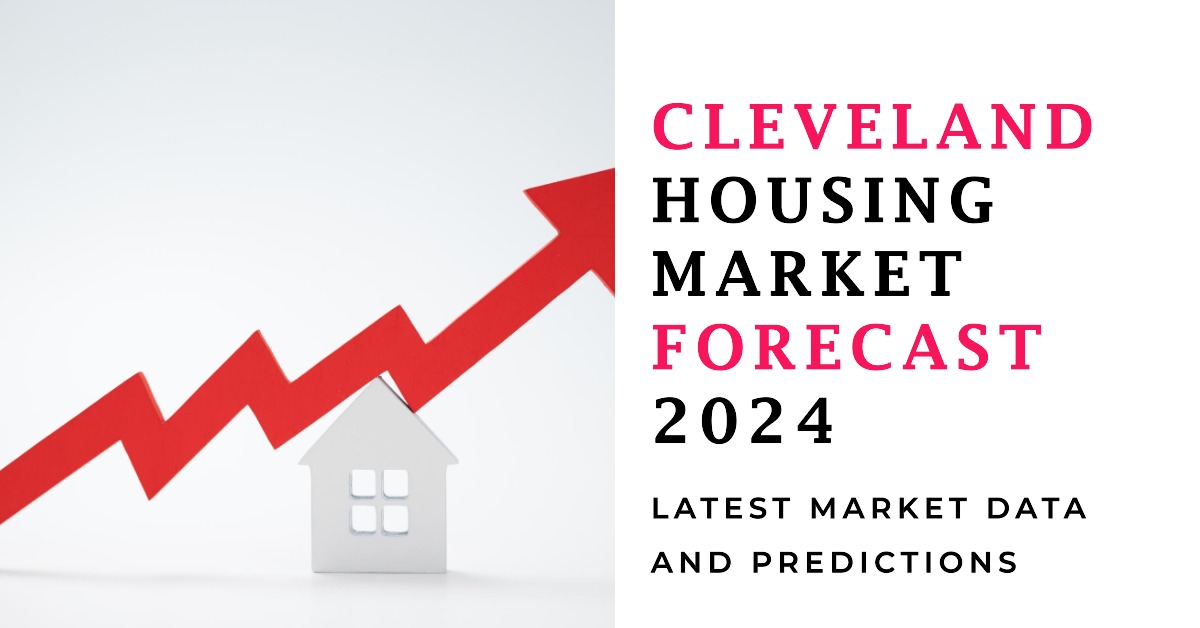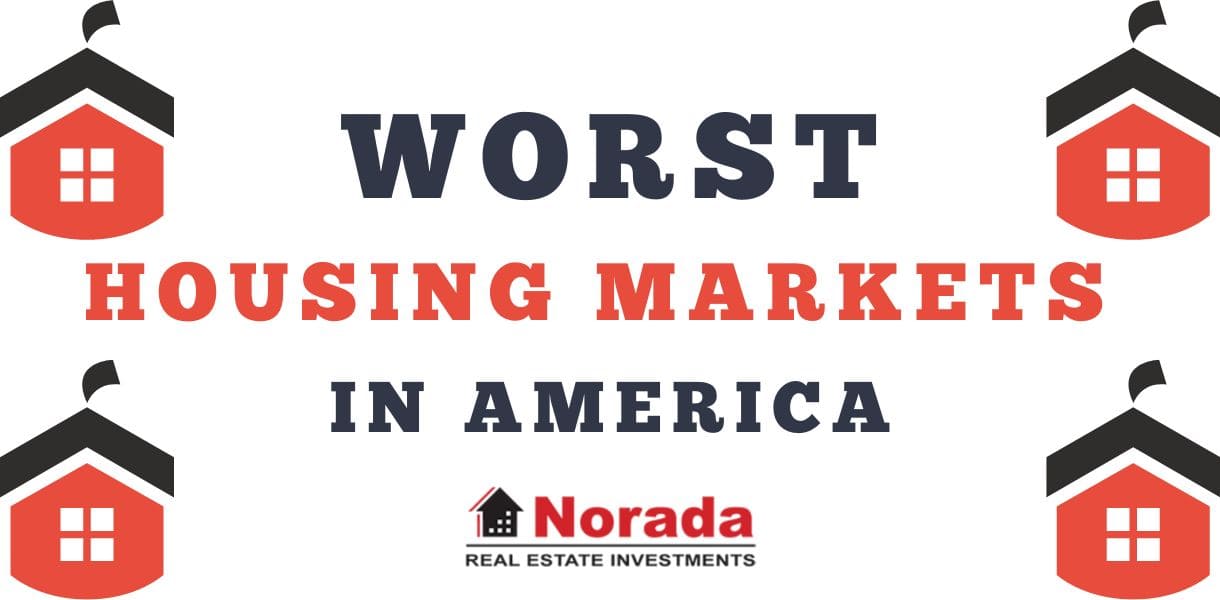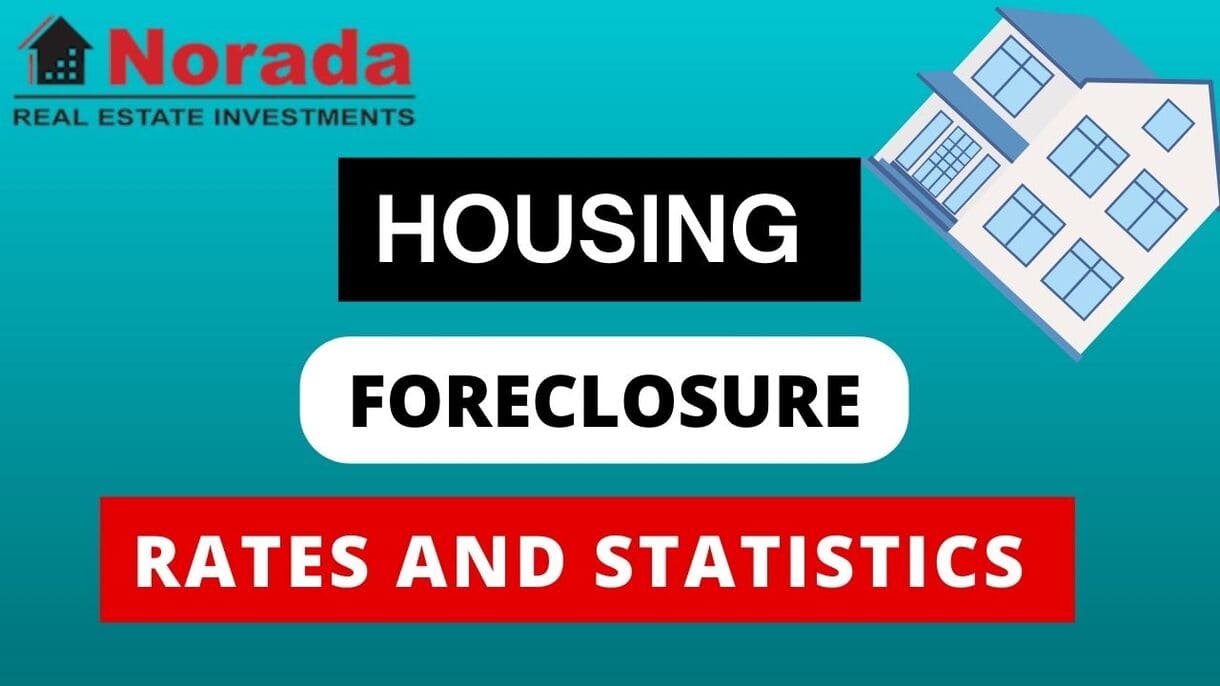Are you considering buying or selling a home in Cleveland? If so, you're in the right place! This comprehensive report will provide you with valuable insights into the Cleveland housing market, exploring recent trends and future outlook. Let is delve deep into the latest real estate trends, analyze market forecasts, and assess the likelihood of a housing crash in Cleveland.
Cleveland Housing Market Overview
Cleveland, Ohio, boasts a rich history and a vibrant cultural scene. The city is known for its affordability compared to other major metropolitan areas, making it an attractive option for both buyers and investors. While Cleveland's housing market has faced its share of challenges in the past, it has experienced a period of growth and resurgence in recent years.
Here are some key aspects of the Cleveland housing market:
- Affordability: Cleveland offers a relatively affordable housing market compared to other major cities in the United States. The median home price remains significantly lower than national averages, making it an attractive option for budget-conscious buyers.
- Diverse Neighborhoods: Cleveland is a city with a rich tapestry of neighborhoods, each offering its own unique charm and character. From the bustling urban core to the charming suburbs, there's a neighborhood to suit every taste and lifestyle.
- Strong Rental Market: Cleveland's rental market is robust, with consistent demand for apartments and rental properties. This makes the city an attractive investment opportunity for landlords and property investors.
- Growing Economy: Cleveland's economy is experiencing steady growth, driven by sectors such as healthcare, education, and manufacturing. This economic expansion is contributing to a positive outlook for the housing market.
Cleveland Housing Market Trends
Key Takeaways
- Median home prices in Cleveland increased by 10.9% year-over-year as of July 2024.
- Downtown Cleveland saw a 14.0% decline in home prices compared to the previous year.
- Inventory levels are relatively low, contributing to increasing buyer competition.
- Rental market trends indicate rising rental prices across various neighborhoods.
- Market Forecast: Moderate stabilization expected, with potential for continued appreciation in certain areas, but risk factors remain.
The current climate of the Cleveland housing market indicates a robust growth phase, particularly in specific neighborhoods. According to Redfin, the median home price in Cleveland in July 2024 reached approximately $215,000, marking a 10.9% increase from the same period last year. This growth can be attributed to increased demand amid relatively low housing inventory, creating a competitive market for buyers.
Interestingly, not all areas within Cleveland reflect the same trends. For example, Downtown Cleveland saw a 14.0% decrease in home prices compared to the previous year, selling at a median price of around $215,000 as per Redfin. This downturn is indicative of shifting preferences, where buyers may be opting for suburban or semi-urban neighborhoods where they can get more space for their investments.
Inventory Dynamics
The low inventory levels in Cleveland are a significant driver of price increases. In many neighborhoods, homes are selling quickly, often within a few days of being listed. The demand continues to outpace supply, leading to bidding wars among buyers, particularly for well-maintained homes in desirable areas. As of July 2024, the overall housing inventory in Cleveland remains low, which further exacerbates the competition among buyers.
Rental Market Trends
The rental market in Cleveland is also showing upward trends. According to Zillow, rental prices have been on the rise, reflecting increased demand from newcomers moving to the city and a strong local economy. For instance, the median rent in various neighborhoods has increased significantly, making housing options tighter for renters. The multifamily rental units are particularly sought after, driving rental prices higher.
Cleveland Housing Market Forecast 2024-2025
Looking ahead, experts predict that the Cleveland housing market will continue on a path of moderate appreciation, although specific trends may vary significantly by neighborhood. The current economic conditions suggest that growth is likely to stabilize, with some regions experiencing stronger performance due to desired amenities and ease of access to urban centers.
However, there are notable factors that could pose risks to this forecast. Economic uncertainties, potential interest rate hikes, and an impending election cycle could all impact buyer sentiment and purchasing power. While certain neighborhoods are thriving, other areas — like Downtown Cleveland — may continue to experience price corrections, as market preferences evolve.
The outlook for the Cleveland housing market remains positive. While there are always uncertainties in any real estate market, several factors suggest continued growth and stability in the coming years.
Here's a summary of the key factors contributing to the optimistic outlook:
- Strong Economic Fundamentals: Cleveland's economy is expected to continue its growth trajectory, driven by various sectors. This economic growth will support job creation, income growth, and housing demand.
- Affordability Advantage: Compared to other major cities, Cleveland offers a more affordable housing market. This advantage continues to attract buyers and investors, contributing to steady demand and price appreciation.
- Infrastructure Investments: Ongoing investments in infrastructure, such as the Downtown Cleveland Public Square renovation and the Cuyahoga Valley Scenic Railroad expansion, will enhance the city's appeal and contribute to a thriving housing market.
- Rising Rental Demand: Cleveland's rental market remains strong, driven by factors like affordability and a growing population. This healthy rental market supports property investments and contributes to overall housing market stability.
Likelihood of a Housing Crash in Cleveland
The question of whether Cleveland is poised for a housing crash is a pertinent one. Currently, the fundamentals of the market suggest a lower likelihood of a severe downturn. With local job growth, increasing demand for homes, and ongoing urban developments, the market seems resilient. Nevertheless, it’s essential to consider external factors such as national economic trends, inflation, and shifts in interest rates that could potentially impact housing stability.
In summary, while certain signs indicate a robust market, caution is essential. Real estate is cyclical, and despite the current favorable conditions, fluctuations are inevitable. Homebuyers and investors should remain vigilant, keeping an eye on local economic indicators and changes within the housing market.
Cleveland Real Estate Investment Overview
Should you buy investment property in Cleveland? Looking for a home in Cleveland? These up-to-date Cleveland real estate statistics and trends will help you make smart investing decisions. You need to drill deeper into local trends if you want to know what the Cleveland market holds for the year ahead. We have already discussed the Cleveland housing market trends & forecasts for answers on why to put resources into this sizzling market. Cleveland is home to just under 400,000 people. The larger metropolitan area is home to roughly two million people.
That makes the Cleveland real estate market the 32nd largest in the country. If you include the Cleveland-Akron-Canton metro area, there are three and a half million people in the “combined statistical area”, making it the 15th largest metropolitan area in the United States. This century-old city was once a major manufacturing center. It is reinventing itself as a medical and BioMed hub. Home prices in Cleveland have been trending up 8.6% year-over-year.
As per the data from the real estate company called Neigborhoodscout.com, single-family detached homes are the single most common housing type in Cleveland, accounting for 46.56% of the city's housing units. Other types of housing that are prevalent in Cleveland include duplexes, homes converted to apartments or other small apartment buildings ( 26.01%), large apartment complexes or high-rise apartments ( 20.51%), and a few row houses and other attached homes ( 6.23%).
Just four miles from Downtown Cleveland, the University Circle has long been a diverse and appealing mix of single-family homes and apartments. This area of the city has the flavor of a quaint college campus. Given that area amenities are within walking distance, there is a lot of foot and bike traffic, which lends to its charm. The area is one of the largest employment centers in the entire state. People in Cleveland primarily live in small (one, two, or no-bedroom) single-family detached homes.
Here are the top reasons to invest in Cleveland real estate.
- Top 10 Job Market for New College Graduates (CNN)
- Presence by 70% of Fortune 500 comp.
- More than 400 bioscience companies.
- Two new Amazon distribution centers.
- Over 120,000 healthcare professionals.
- Home to 27 area colleges & universities.
- Home to four professional sports teams.
Positive Demographic Trends
Cleveland’s population is stable at around 400,000 residents. It is doing a decent job of retaining its young people. Why is that something to bring up when discussing the Cleveland housing market? Because it is right next to Detroit, a city that has been shedding people for decades. The Cleveland real estate market is thus bolstered by steady to slow growth, though specific neighborhoods are seeing spikes in their valuations as new employers and attractions move in.
The Bright Future of Good-Paying Research Jobs
Cleveland has invested in healthcare and bio-science business accelerators like Bio-Enterprise and the Global Center for Health Innovation. They expect institutions like this to lead to new healthcare advancements provided first in Cleveland and in the hope that discovered drugs and technology will be manufactured in Cleveland. Investors can find affordable investment properties for development and either sale or rental to people working at these facilities. Cleveland’s Health-Tech Corridor is a prime place for high-tech companies, while the Cleveland real estate market is booming around these businesses.
Downtown Brownfield Re-Development
Cleveland is intentionally redeveloping several brownfield industrial sites to create multi-use properties. For example, the Terminal Tower is being turned into a combination shopping and entertainment district. The Cleveland Gateway project is going to turn 65 acres into a densely populated urban neighborhood, mixing multi-family housing with trails, a marina, and an urban park. If you can’t invest directly in this redevelopment project, note that single-family and multifamily housing stock around the new units will go up in value as new infrastructure is built.
Significant redevelopment is occurring along the thoroughfare running from East 55th Street to East 105th Street. Given that it is right off Interstate 490 and connects with downtown streets like Quincy and Chester Avenue, this is an excellent place to buy a property that is going to go up in value. When you know that better streets and traffic management along with improved public transit will go into an area, it is a safe bet for investing in the Cleveland real estate market.
The nucleus is another downtown redevelopment project that seeks to bring mixed-use real estate to depressed areas. The nucleus is centered around two million square feet of retail, residential, and office space, though there will be around 500 residential units. If you want to invest in the Cleveland real estate market, consider buying and rehabbing housing for those who will work in NuCleus but couldn’t get one of the apartments or condos.
University Circle & The Western Rim
University Circle is one of the hottest neighborhoods in Cleveland. It is seeing a wave of high-end condos and apartments. If you can find single-family rentals or multi-family housing in the vicinity, snap it up. These are among the most desirable properties in the Cleveland housing market. We know that when they were willing to turn a former Children’s Museum into an apartment building.
The Western Rim of Cleveland hasn’t been overlooked in the rush to redevelop downtown and the Biotech corridor. Projects worth an estimated 350 million dollars have been proposed or are actually under construction between West 25th and West 117th streets. A business incubator has been proposed for the Western Rim. The Cleveland housing market on the west side should see significant growth as new businesses pop up here. The luxury rentals built in the Near West Side are probably only the start of this area’s resurgence.
The Redeveloped Lakeshore
Cleveland sits on the southern shore of Lake Erie. Cleveland is redeveloping its long waterfront district. The fifty-year plan has already resulted in mixed-use development between West 3rd and East 18th streets. Redevelopment includes rehabilitating waterfront infrastructure like bridges, canals, and “made land”. Reinvented lakeside trails create desirable areas that will command a premium on the Cleveland real estate market. Euclid has already demonstrated this with their lakefront project and main waterfront park. Newly opened areas like the one created by the demolition of the FirstEnergy coal fire plant are to be seen as opportunities to reinvent the Cleveland real estate market.
A New Lease on Life for Old Buildings
The Cleveland housing market is so hot that they’re turning old commercial buildings into new residential spaces. A classic example of this is the former Huntington Bank Building; it is currently known as the 925 Building. The commercial building will be transformed into a mixed-use building with office space, retail space, a Hilton hotel, and 600 apartments.
Catering to the New Medical Talent
While there are Americans who worship Canada’s single-payer healthcare system, the reality is that millions of Canadians come to the United States each year. Some were denied care by their government, while many simply don’t want to wait months for a procedure, so they choose to pay cash at U.S. hospitals. Cleveland is building medical facilities to cater to these medical tourists. And these doctors, nurses and medical specialists are buying homes close to work, whether it is at the world-renowned Cleveland Clinic or the hospital down the street.
Another variation of this strategy is buying property in the Cleveland housing market that caters to medical school students. Case Western Reserve University and the Cleveland Clinic Lerner College of Medicine see many students from around the world who come to the area for one to five years to attend before leaving to practice elsewhere. (The Lerner College is a five-year tuition-free medical school).
Here are the 10 highest appreciation neighborhoods in Cleveland since 2000 (List by Neigborhoodscout.com).
- Central South
- Central Southwest
- Central East
- Central
- Downtown South
- Ohio City South
- Clark Fulton North
- Ohio City
- Tremont North
- Tremont





